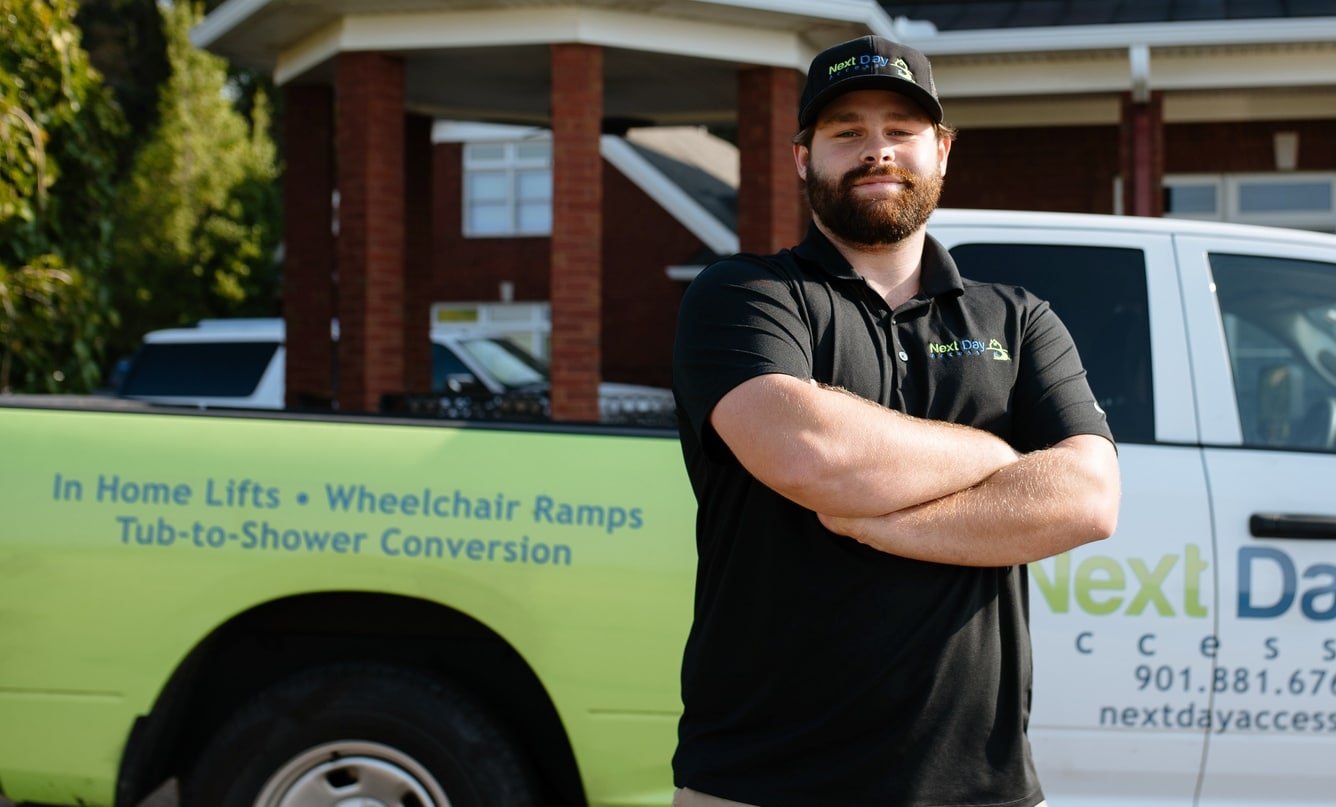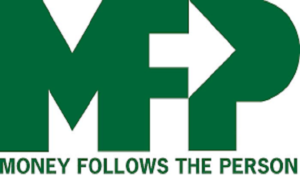
What is the Money Follows the Person Program?
Medicaid and Medicare programs have been primary funding sources for providing care for mobility-impaired individuals and the elderly since President Johnson established them in 1965. While the federal programs provide limited home healthcare and related services, their primary focus until recently has been on funneling monies into long-term care facilities. The Money Follows the Person Demonstration Grant (MFP) is designed to provide more options for those utilizing Medicaid and Medicare funding for their care. The primary goal of MFP is to make it possible for those who desire to live independently at home to receive the same funding and care without having to move into a long-term care facility.
How MFP Works
Similarly to Medicaid, the MFP program doesn’t provide monies directly to individuals but instead provides grants to each state. The state then develops its own MFP programs. The state-developed programs use resources provided through the MFP program to help individuals manage care outside a long-term facility. These federal funds can be put towards developing new services ranging from providing home healthcare aids to accessibility funding for home modifications. Funding may also be used to provide medical equipment such as chairlifts, stairlifts, and other medical supplies specific to an individual’s needs. The MFP program may also provide for the development of new services to help individuals transition from facility-based care to a private residence via a housing coordinator or case manager.
MFP is Adapted to an Individual’s Needs
Funding allocations through the MFP programs will be determined at the state level and will be tailored to meet the health care needs of individual participants. This typically includes assessments of an individual’s capabilities as well as the home they will be living in. Individual states will determine the full range of services provided by the grants and how monies will be allocated to increase the participant’s independence and provide a safe environment for them. In some instances, the program may pay for home modifications such as bathroom handrails, stairlifts, or making entrances wheelchair accessible.
The Program’s Progress
MFP provides each state with flexibility in funding to help individuals who want to transition from facility-based living into a private residence. There are currently 43 states participating in the MFP program and over 85,000 individuals have been able to transition into their communities because of funding through the Money Follows the Person program.
If you or your loved one needs home modifications after returning home, check out the selection of Next Day Access products and services.
Find the Right Accessibility Solution Fast
Reach out to a location near you today for a custom quote!
Contact Next Day Access today for reliable mobility solutions backed by responsive, expert installation. Enter your ZIP code or postal code to find a location near you and take the first step toward a safer, more accessible space.

Find the Right Accessibility Solution Fast
Reach out to a location near you today for a custom quote!
Contact Next Day Access today for reliable mobility solutions backed by responsive, expert installation. Enter your ZIP code or postal code to find a location near you and take the first step toward a safer, more accessible space.

